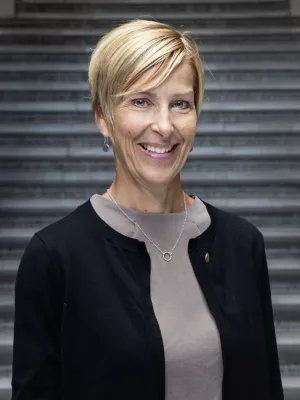
Lena Eskilsson
Deputy vice-chancellor

The whys or why nots of visiting a place: information search at home and en route
Author
Summary, in English
The results clearly show that tourist information search behaviour is quite similar at home and en route. We see a mix of old and new sources rather than the Internet replacing the old ones. Traditional information sources like guidebooks and maps are therefore still highly relevant. A further result is the value inscribed to personal meetings, whether it takes place with local
people, staff at tourist information centres, or other tourists. However, while tourists are interested in information, there is a fine balance between information need and information overload. Tourists value spontaneity and adventure, which too much information may hinder.
Finally, yes - tourists are digital, but there is also an active resistance to digital connection while travelling. In the creation of tourist information material, it is therefore essential to include the values and possibilities of being adventurous, spontaneous and digitally disconnected.
Department/s
- Faculty of Social Sciences
- Department of Service Studies
- Department of Strategic Communication
Publishing year
2018
Language
English
Document type
Conference paper: abstract
Topic
- Social Sciences Interdisciplinary
Conference name
The 27th Nordic Symposium on Tourism and Hospitality. Tourism Implications and Dilemmas
Conference date
2018-09-24 - 2018-09-26
Conference place
Alta, Norway
Status
Published

